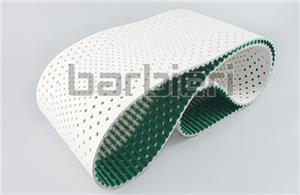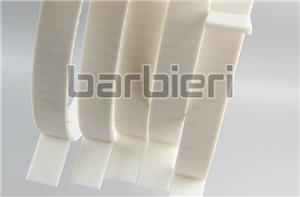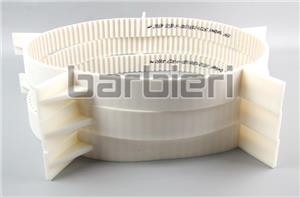The difference between timing belt drive, v-belt drive and round belt drive
Timing belt drive transmits motion through the intermeshing of timing belt teeth and timing pulley tooth grooves. This meshing transmission method makes the timing belt transmission have extremely high transmission ratio accuracy, the transmission efficiency is as high as 98%, and the transmission is smooth, with buffering and vibration reduction effects.
V-belt transmission relies on the friction between the belt and the pulley to achieve transmission. Its transmission is relatively stable, but its accuracy is slightly less than that of synchronous belt transmission. Round belt transmission is a type of friction transmission, and its working principle is similar to V-belt transmission.
The transmission work is different:
1. Timing belt transmission mainly relies on the meshing between the timing belt and the timing pulley for power transmission, which makes its transmission ratio very accurate and no slippage during operation.
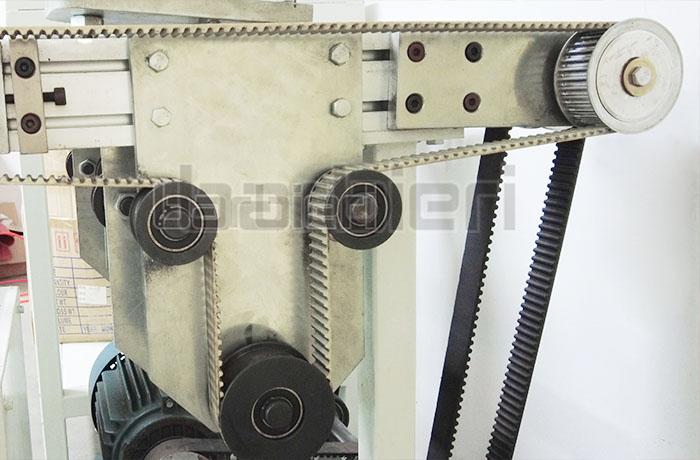
2. V-belt transmission transmits power through the friction between the V-belt and the two sides of the V-belt pulley groove. This design enables the V-belt to transmit greater power.
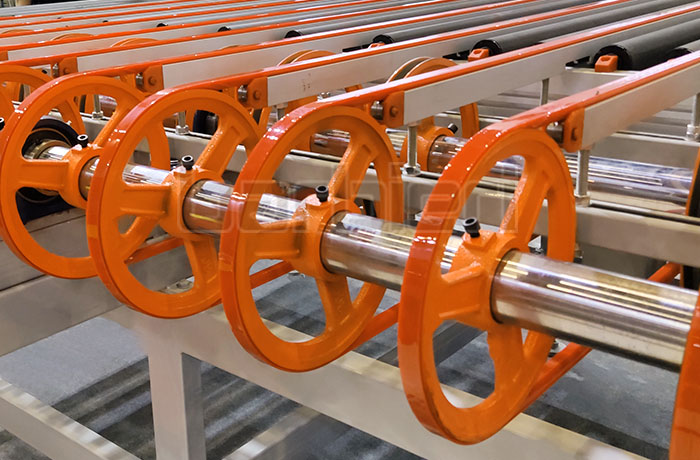
3. Round belt transmission is a type of friction transmission. Power is transmitted through the friction between the contact surface of the round belt and the round pulley. It has good elasticity, can alleviate impact vibration, has smooth movement and low noise.
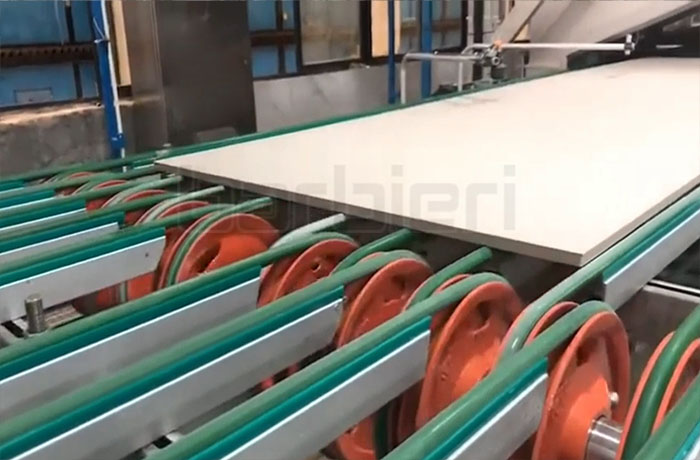
Different usage occasions
1. Due to its accurate transmission ratio and high transmission efficiency, timing belt transmission is widely used in high-speed equipment, CNC machine tools, robot industry, automobile industry, textile industry and other occasions that require precise transmission.
2. V-belt transmission is suitable for occasions with short center distance and large transmission ratio due to its simple structure, stable operation, and low noise. It is widely used in ceramic tiles, cement tiles, floor tiles, food, and wooden products. , printed matter, glass, etc. on the conveying equipment.
3. Round belts are often used in low-speed and low-power transmission scenarios, and are widely used in various conveyors to transport items, such as packaging machines, printing machines, textile machines, ceramics, cement tiles, floor tiles, food, and wooden products , cans, newspapers, printed matter and other conveying equipment.
- Polyurethane Timing Belt
- Annular Timing Belt
- Open-end Timing Belts
- AT-series Timing Belts
- T-series Timing Belts
- STD-series Timing Belts
- HTD-series Timing Belts
- RPP-series Timing Belts
- TT5-series Timing Belts
- Imperial Series Timing Belt
- Supported Polyurethane Flat Belt Series
- Double Sided Timing Belt
- ATN-series Timing Belts
- Timing Belt With Backing
- Timing Belt With Fabric
- Timing Belt Punching
- Polyurethane Self-tracking Timing Belt
- Polyurethane Belt With Profile
- Special Processing Timing Belt

